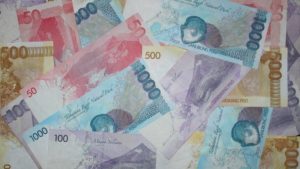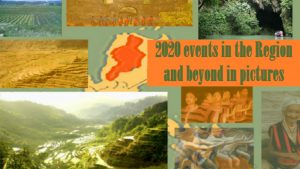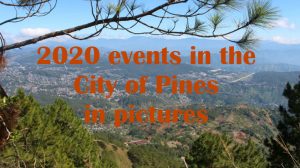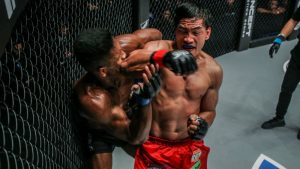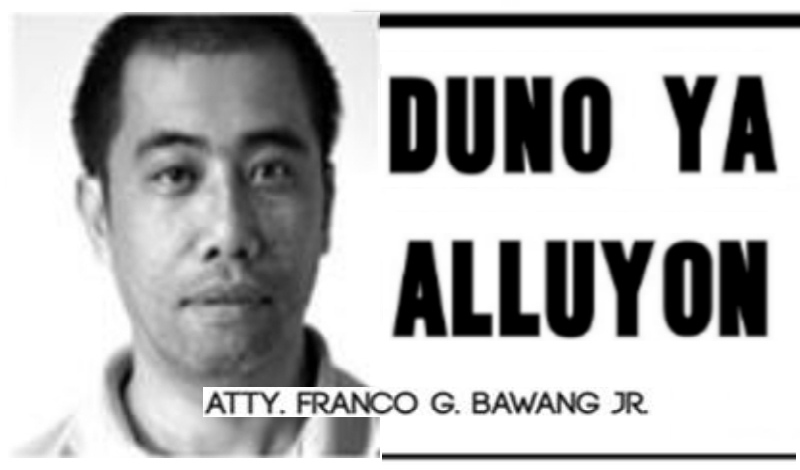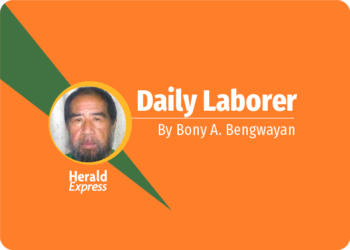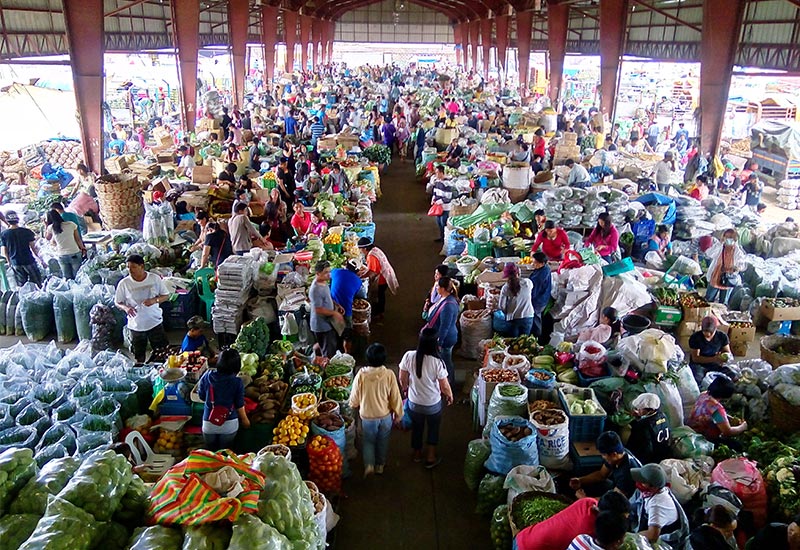Every July 15, the people of the Cordillera Region, commemorate or celebrate the so-called Cordillera Day. The Cordillera Administrative Region was created 33 years ago or in July 15, 1987 during the time of President Cory Aquino. That was not something we decided among ourselves, it was the politicians, probably thru the urgings of some of our local leaders, who made it for us. Unfortunately, after 33 years, autonomy, which is the main objective of the decision-makers at that time, is still as elusive as ever.
There is not that one factor that can unite all the various tribes in these mountains. Even the term “Igorot” was not something we named ourselves. That was a discriminatory term meaning savage, uncivilized and ignorant coined by the early historians and Anthropologists from Manila. They think the people in this chain of mountains are all the same sharing the same dialects and traditions. That is why there are certain tribes don’t want to be called as such. If the early authors only knew that the way of doing things differ from village to village, they did not generalize us as one homogenous tribe they call, Igorots.
And for all those 33 years or more, the word “Igorot’ is still being debated who are and who are not, its origin and its meaning. The popular knowledge is that “igorot” comes from “i” meaning from and “golot” meaning mountains. I never knew “golot” or “golod” meant hills or mountain in Tagalog. But that’s what I found out in my readings. Then, further readings indicate another source of the word. It is a kankanaey term “ginolot” meaning native rice. Well, I am a Kankana-ey and I never even heard of that term.
See other columns:
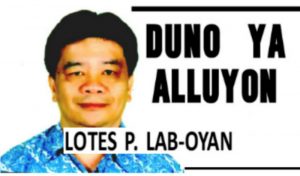
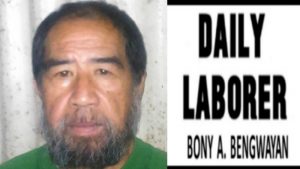



There is one other origin of the term which, according to one foreign scholar and author, it is a more plausible explanation. It came from an Ilocano word “gerret” meaning to cut off or slice. So, people from the neighboring lowlands would describe the people from the mountains as “aggegerret” meaning one who cut off something, like a human head perhaps.
The distinctiveness of each tribe or sub-tribe from the other, makes it difficult to bring unity. This is what autonomy advocates should look into and bring a more acceptable common ground for all. Despite the influences of modernization and inter-marriages, there is still that unexpressed mistrust, fright and even terror from the fellow mountaineers, as one author put it. That has been that way for centuries until foreign powers and lowland rulers disrupted the things has been for their convenience but not for us.
For the younger generation, there was no Cordillera Region to speak of before 1987. We were tossed to and fro, bounced from one region to another. Joined together, broken up and joined us together again. Abra, Benguet and Mountain Province are part of the Ilocos Region or Region 1 while Ifugao and Kalinga-Apayao are part of the Cagayan Valley Region or Region 2. Again, that was not a decision for the people to make. Going back further, during the American occupation, Mountain Province was created composed of Amburayan, Apayao, Benguet, Bontoc, Kalinga, Lepanto and Ifugao. Ifugao was formerly a part of Nueva Vizcaya. Then, Amburayan was abolished the became part of Iloco Sur and La Union.
Let us spur more intelligent discussions on Autonomy and Cordillera identity, not only in the media but also in cafés, bars and in the streets. At present, only our leaders and technocrats are talking and they are seeking help from the people in Manila who do not know the intricacies of the highlander psyche. We are excited to announce that this so and so high official supports our quest but these people come and go and more often than not, are merely playing lip service.
You might also like:

